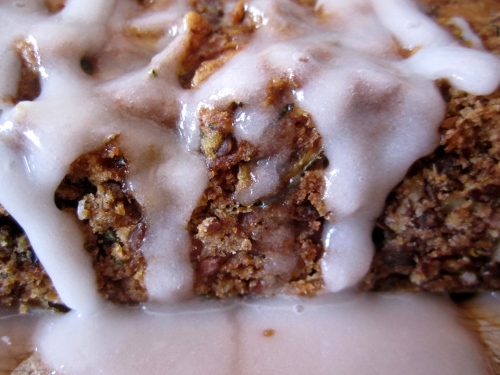Do you feel absolutely compelled to make a baked good for every special occasion? Every birthday and baby shower and going away party? Does the feeling nag at you while you’re supposed to be working or studying, or paying attention to traffic? But where to find the time to shop for groceries, and let various crusts chill and custards set and chocolate melt? I suffer from this.
Every home baker/foodie/chef/food enthusiast needs an easy chocolate cake recipe, because you never know when you are going to check Facebook and see that you have three friends with birthdays next week. While I’m a fan of cake mixes, those ubiquitous red cardboard boxes are a rare sighting here in Morocco, found only on the shelves of pricey foreign supermarkets, right between the soy sauce and almond milk. And besides, using a mix can sometimes feel like a failure, admit it. You want to present the birthday boy/girl, graduate, mom-to-be with a tray of cookies, or a lovely cake and say, I made it. From scratch.
This is the easiest chocolate cake ever, and I can assure you that you will have all the ingredients in your pantry. The glaze calls for speculoos spread, but you could easily sub in peanut butter or another nut butter for equally spectacular results. This cake is moist and chocolatey without being dense, and strangely addictive- it’s easy to eat two pieces (or three or four).
The glaze is rich, sweet, and spicy so use the whole batch if you want to go really decadent (as I did) or just drizzle on half if you want to exercise some restraint.
So breathe deeply and take on that string of social occasions confidently.
Cake
Adapted from southernfood.com
Ingredients:
- 1 1/2 cups AP flour
- 1 cup sugar
- 3 tablespoons unsweetened cocoa powder
- 1 teaspoon baking soda
- 1/2 teaspoon salt
- 1 teaspoon vanilla extract
- 1 teaspoon white vinegar
- 5 tablespoons vegetable oil
- 1 cup cold water
- 1 tablespoon espresso powder or instant coffee powder (optional)
- Preheat oven to 350 degrees F. Mix flour, sugar, cocoa powder, baking soda, and salt in a large bowl.
- Make 3 wells in the dry ingredients. Pour vanilla into one well, vinegar into another, and oil into the last.
- Pour cold water over everything and mix until there are no more dry streaks. Stir in espresso powder if using.
- Pour into an 8X8 square cake pan. Bake for 35-40 minutes, until center is set and tester comes out with just one or two crumbs (baking time may vary).
- Allow to cool on a rack.
Speculoos Glaze
courtesy of The First Mess
Ingredients:
- 1 cup powdered sugar
- 1/4 cup speculoos spread (or “cookie butter if your shopping at Trader Joe’s)
- 2 teaspoons maple syrup*
- splash of vanilla extract
- 3-5 tablespoons milk (milk substitute will be fine)
- Mix sugar and speculoos spread until a thick paste forms.
- Mix in maple syrup and vanilla.
- Whisk in 3 tablespoons milk with a fork. If too thick, add another tablespoon. Glaze should be thick but pourable.
- If you want a thick layer of sweet glaze, pour onto the cooled cake and spread quickly with a spatula. Or drizzle half of the glaze onto the cake. And eat the rest with a spoon.
* I didn’t have maple syrup, but used maple extract with great success. I had to add more milk to make up for less moisture though.

















